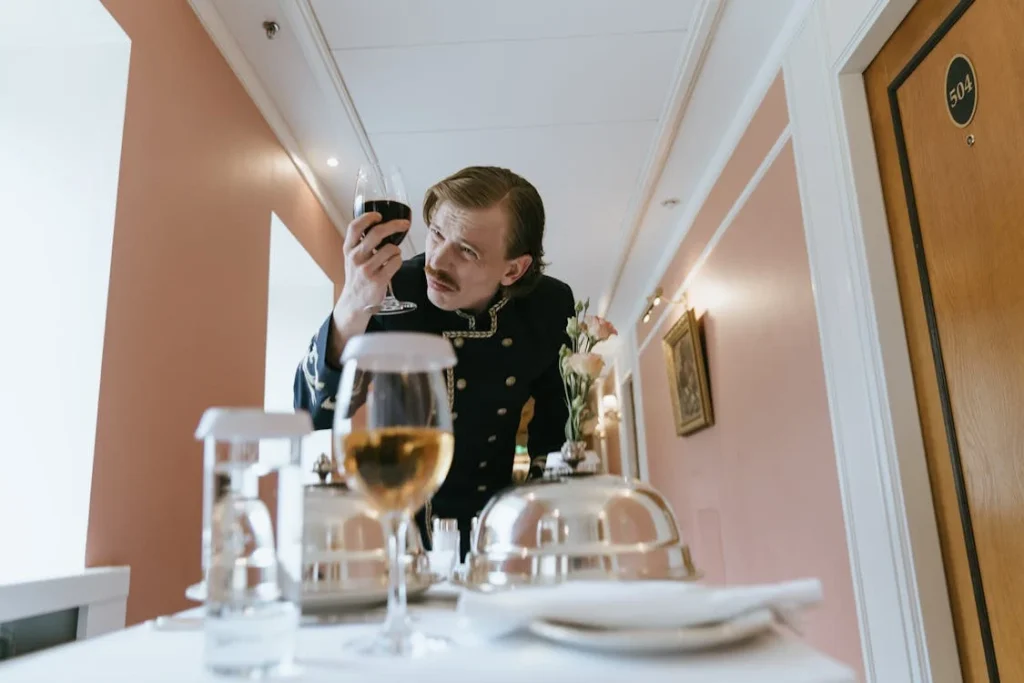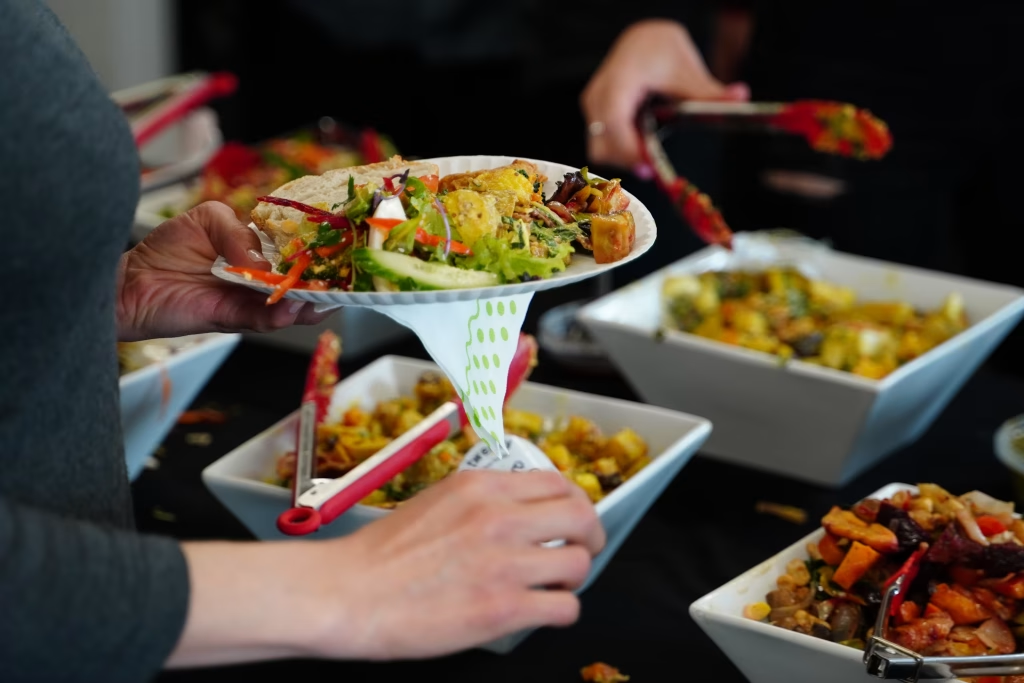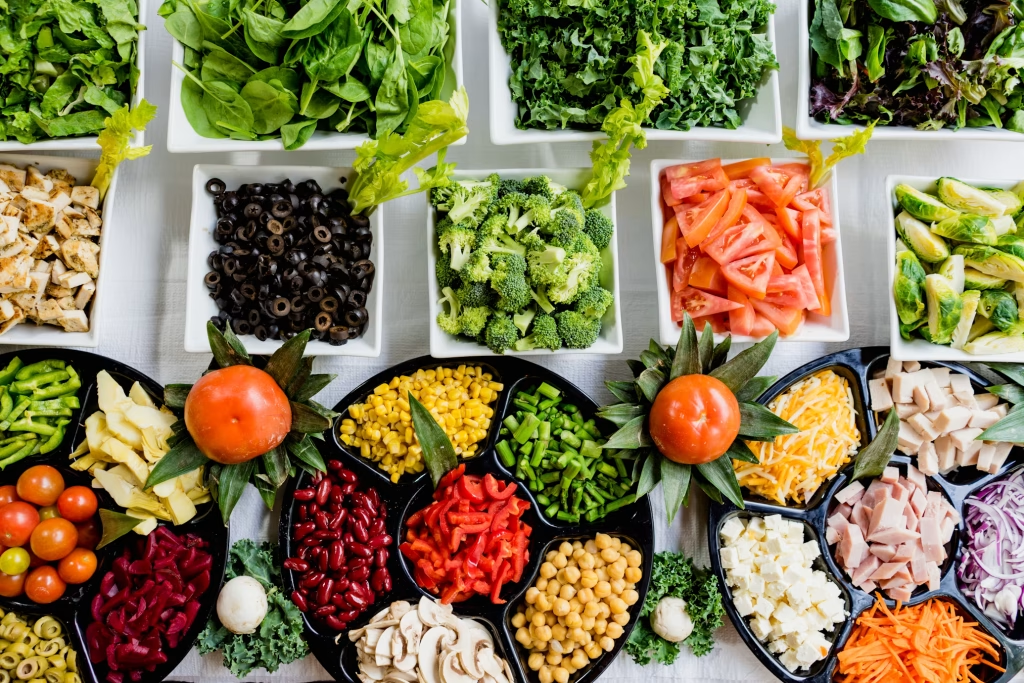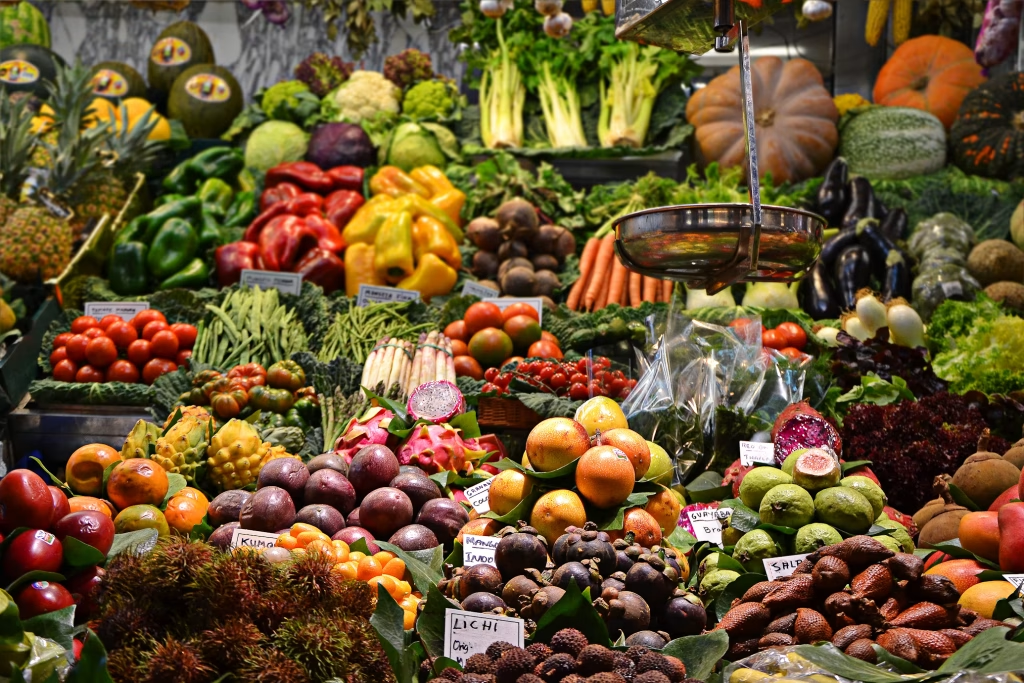Introduction: The Power of Flavor in Customer Memory
Imagine walking into a restaurant or hotel where every bite is a revelation – a dish so memorable you still recall its flavors years later. Now, picture another place where the only standout feature is its low price… but the experience is utterly forgettable.
Why do some culinary businesses create flavor memories that drive loyalty, while others race to the bottom on discounts? The answer goes beyond cooking: it’s about strategy, perceived value, and emotional connection.
In this article, we explore:
✅ The science behind flavor memory
✅ How premium venues justify higher prices
✅ Real-world examples of flavor-driven success
✅ The pitfalls of competing on price alone
1. The Science of Flavor Memory: Why Some Tastes Stick

Research from Harvard Business Review shows customers pay up to 20% more for meals tied to nostalgia or joy.
What Makes a Dish Unforgettable?
✔ Uniqueness – Signature elements (e.g., a “secret sauce”).
✔ Presentation – Visually stunning dishes get shared online.
✔ Emotional context – Romantic dinners, family celebrations.
Example: The “Stuffed Cheese Bread” from a Brazilian farm hotel became a tourist attraction – not for its cost, but for its handmade authenticity.
2. Premium vs. Price-Driven Establishments
| Factor | Flavor-Focused | Price-Focused |
|---|---|---|
| Priority | Experience & quality | Short-term cost savings |
| Customers | Loyal, willing to pay more | Deal-seekers, low retention |
| Marketing | Storytelling | Discount promotions |
| Outcome | Word-of-mouth referrals | High churn, thin margins |

Case Study:
- Boutique Hotel: Serves organic, locally sourced breakfasts. Guests rave online and return.
- Budget Hotel: Offers generic buffet lines. Guests forget the meal by checkout.
3. How to Create a Memorable Dining Experience

3.1. Quality Ingredients vs. Cost Cutting
- Example: A coastal resort serving daily-caught seafood.
3.2. The Chef’s Touch: Crafting Authenticity
- Example: A hotel’s exclusive “Spiced Chocolate Cake” recipe.
3.3. Ambience & Service: Setting the Stage
- Music, lighting, and personalized service enhance perceived flavor.
4. The Price Trap: Why Competing on Cost Fails

Businesses that prioritize low prices often face:
🔻 Lower-quality ingredients
🔻 One-time customers
🔻 Eroded profitability
Example: A hotel using frozen buffet items saves money short-term but loses repeat guests.
5. Conclusion: Is Flavor Worth the Investment?
While some places are remembered only for price (often negatively), others become legendary for flavor. Choosing between cost and experience shapes not just revenue, but your brand’s legacy.
Final Tip: Ask yourself:
🔹 “Will guests remember our flavors or just our prices?”
🔹 “How can we turn meals into memories?”
